Introduction
This document is a general overview of insects, their importance, and their biology. It is designed as a supplemental elementary school curriculum for Grades 1–3, although it can apply to older or younger children as well.
Insects are important and interesting; they are the most successful group of all the animals. They are related to spiders, crabs, scorpions, and other Arthropods, but one thing about them is different—most have wings.

Credit: S. McCann
The insects are the only class of arthropods that have developed wings. They are also the only animals other than birds and bats to have powered flight.
Body Parts
By observing the picture of the robber fly (Figures 2 and 3), it is easy to see the three body parts that make up an insect. The first region is the head. Insect heads have all the features of human heads, with a few extras, too. The second part of the insect is the thorax. Its main function is locomotion, since the legs and wings attach to the body at the thorax. Finally, the third body part is the abdomen, a multipurpose part that has different uses in different insects.
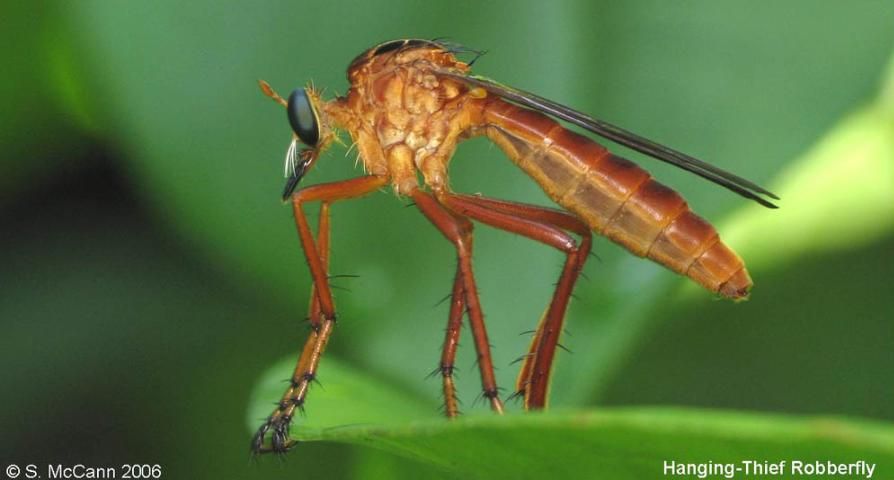
Credit: S. McCann

Credit: S. McCann
Head
The head has three main parts: the eyes, the antennae, and the mouthparts.
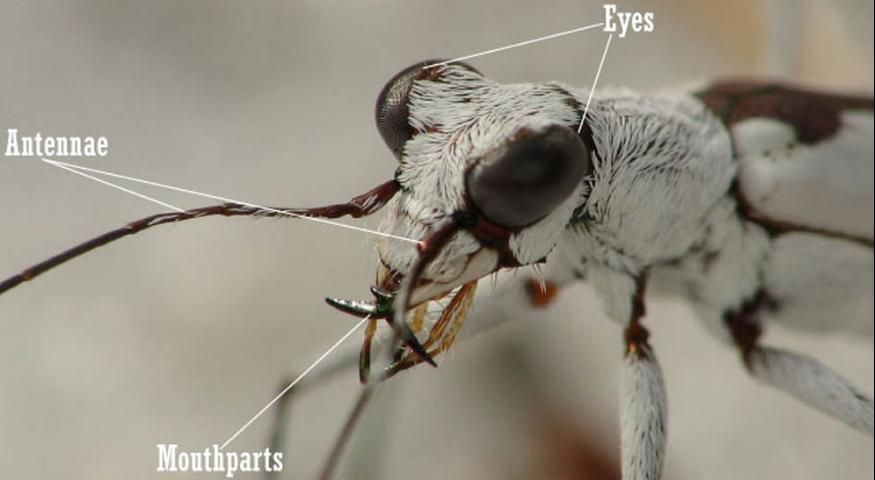
Credit: S. McCann
First, notice the large eyes of the insect. The eyes of an insect are called compound eyes.
The reason for this is that the eye is made up of hundreds of tiny facets called ommatidia.
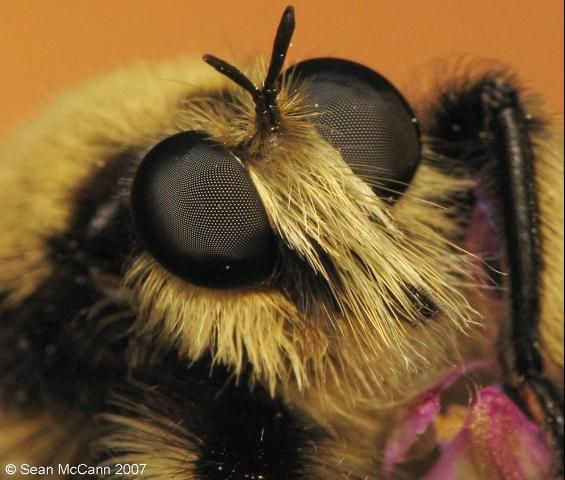
Credit: S. McCann
One may assume that an insect looking at a flower would see hundreds of little flowers, but this fly sees only one flower. The brain of the insect creates an image out of all the information from the separate ommatidia.
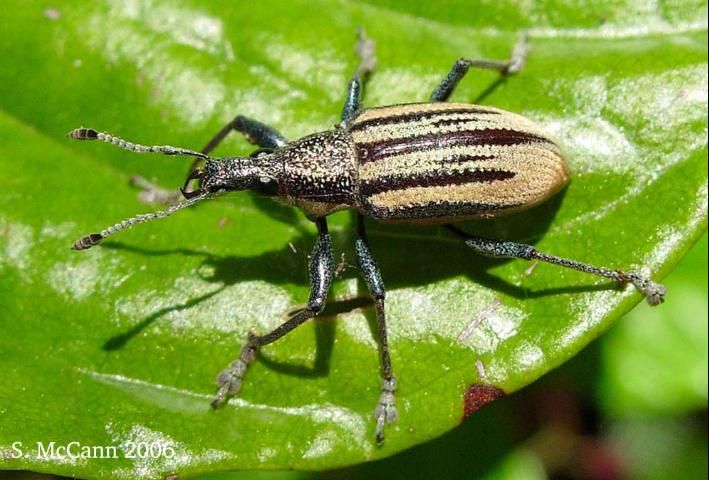
Credit: S. McCann
Insects use their antennae to smell. Some insects can smell things miles away. Also, insects use several different types of mouthparts to chew their food, and the mouthparts move from side to side when they are chewing. Some insect mouthparts do not chew, but pierce and suck liquid food. Some insects suck blood while other sucking insects drink nectar from flowering plants.
Thorax
The thorax has some interesting features that are unique to insects.
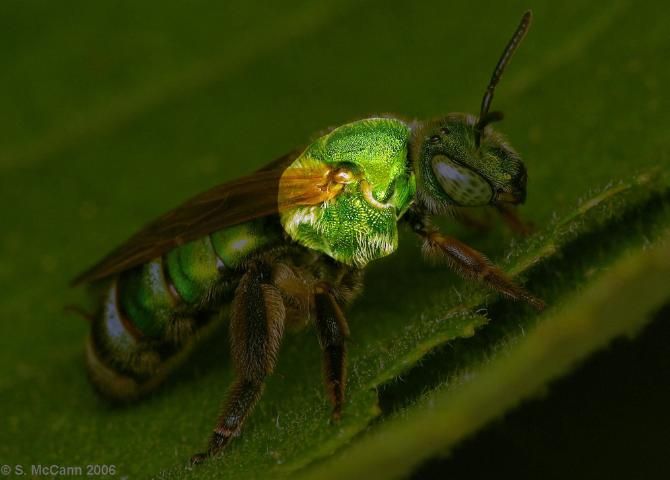
Credit: S. McCann
An insect's wings are attached at the thorax. Wings are important to the survival of the insect and are one of the reasons there are so many insects. Insects may have 2 pairs of wings (4 individual wings), or just one pair (2 individual wings). Not all insects have wings.
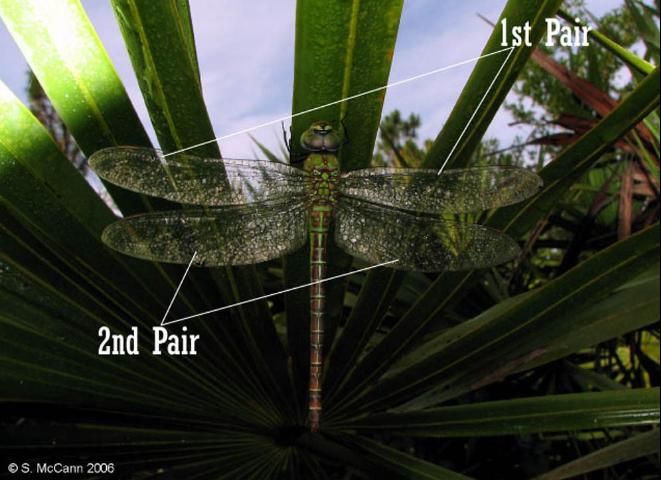
Credit: S. McCann
Another insect feature is the number of legs they have—only 6. Spiders have 8 legs, and millipedes have more than 6.
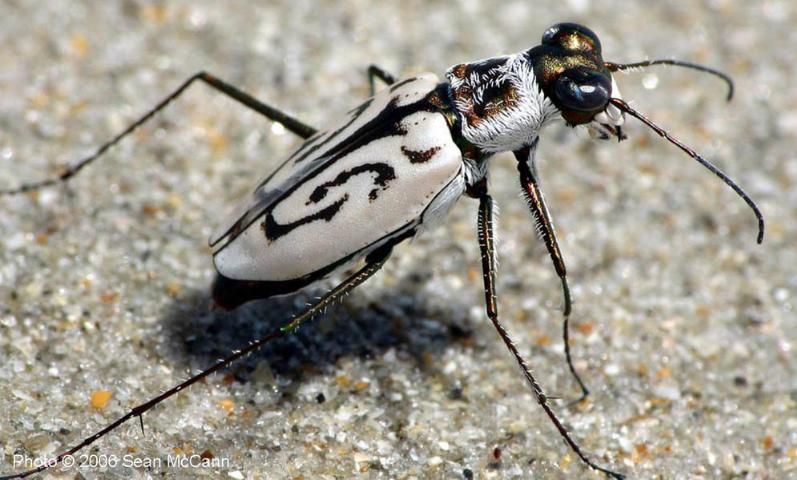
Credit: S. McCann
Abdomen
The abdomen holds all of the main organs. An insect uses its abdomen for many different things. These include digestion, reproduction, defense, and communication. For example, the firefly uses special organs in its abdomen to flash lights at nighttime.
These light signals (Figure 10) enable fireflies to communicate with each other. Velvet ants—also called cow killers (Figure 11) because of their potent sting which, incidentally, does not kill cows—have stingers that are organs found in the abdomen.
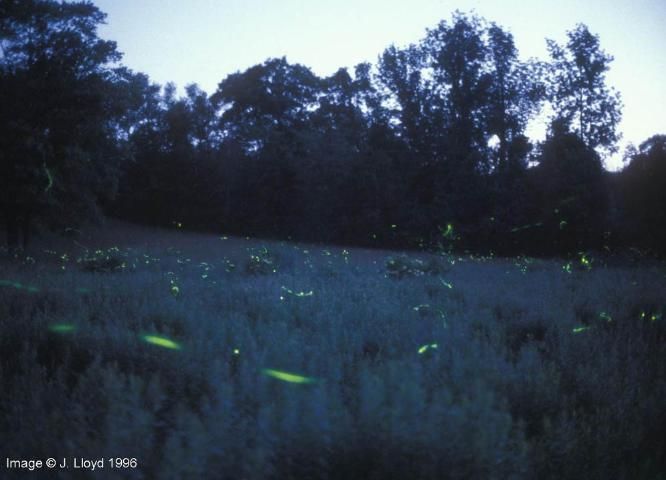
Credit: J. Lloyd
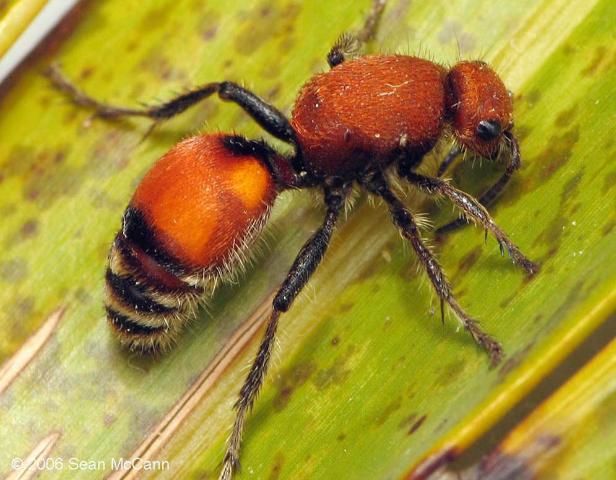
Credit: S. McCann
Development
One of the most interesting things about insects is how they develop. Insects go through many changes as they mature. In some instances, immature insects look nothing like the adults (complete metamorphosis–egg/larva/pupa/adult) (Figure 12). Other times, the immature insects look similar to the adults (incomplete metamorphosis–egg/nymph/adult) (Figure 13). Both types of insect development begin at the egg stage.


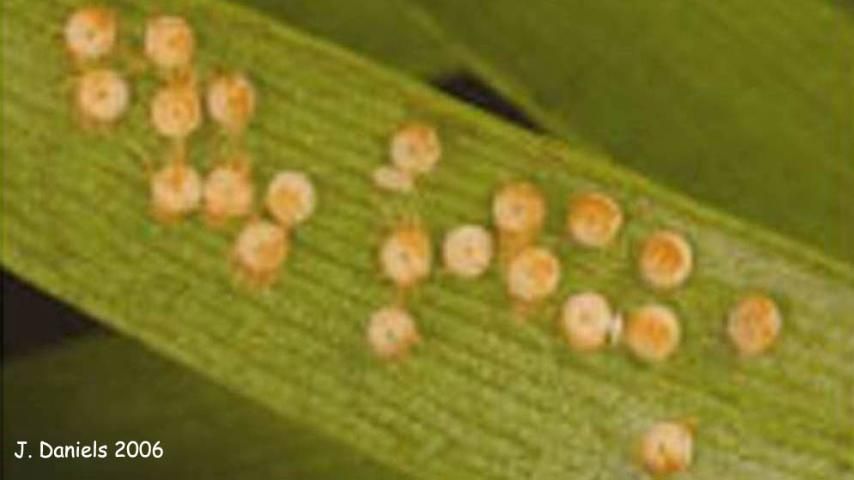
Credit: J. Daniels
Eggs are laid by the adult females. Sometimes there is no external egg stage and the female gives birth to live offspring after the offspring hatch inside of their mother, but this is not as common. When the egg is mature, either a larva or nymph emerges.

Credit: J. Daniels
Other names for larvae include caterpillars (moth and butterfly larvae), maggots (fly larvae), and grubs (scarab beetle larvae). The larvae are all baby insects though. In butterflies, beetles, flies and other insects undergoing complete metamorphosis, the larvae turn into a resting stage called the pupa.
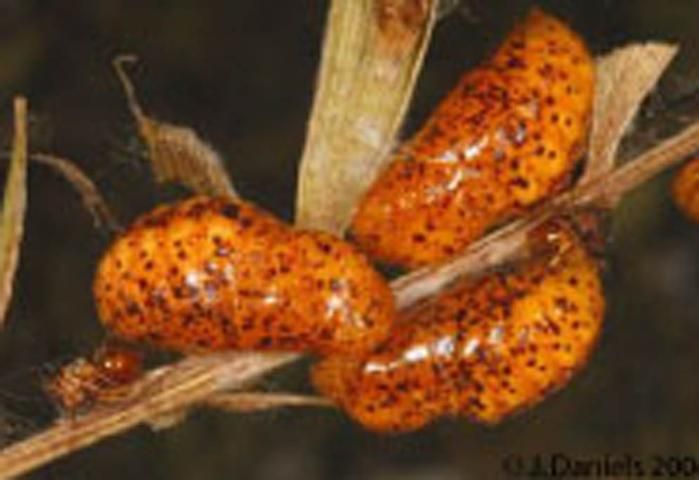
Credit: J. Daniels
In the pupal stage, external and internal organs form. After the pupal stage, the insect emerges as an adult, and it will proceed to mate and reproduce. All of these changes, taken together are called metamorphosis.
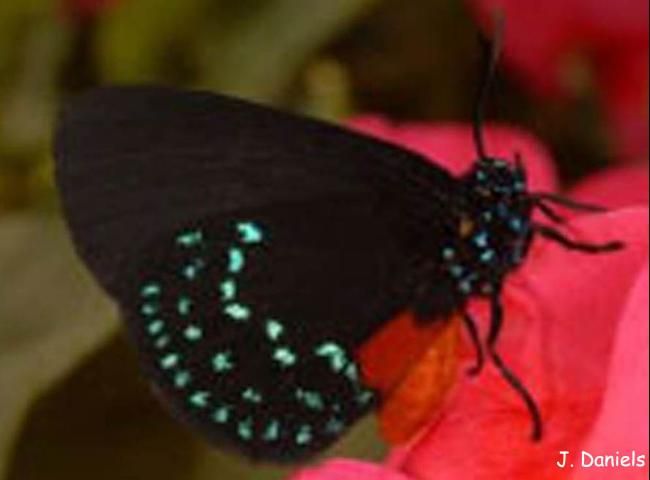
Credit: J. Daniels
Economic Impact
Insects are some of the most important animals on the planet. They have an enormous economic impact on many industries, especially here in Florida.

Credit: S. McCann
For example, the citrus root weevil, a type of beetle that eats the roots of orange trees, causes significant problems for orange farmers every year.
This weevil, (Figure 19) introduced from Central America, is destroying a lot of Florida's native bromeliads. These unique plants may disappear unless we can find a way to stop the weevil.
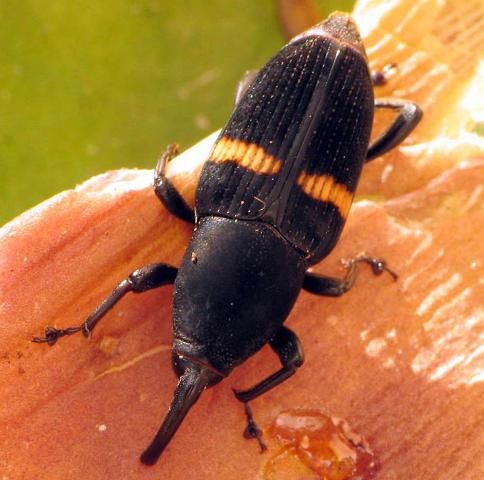
Credit: S. McCann
Also, mosquitoes can bite and cause people to be itchy, and some may transmit serious diseases. The best protection is to avoid being bitten!
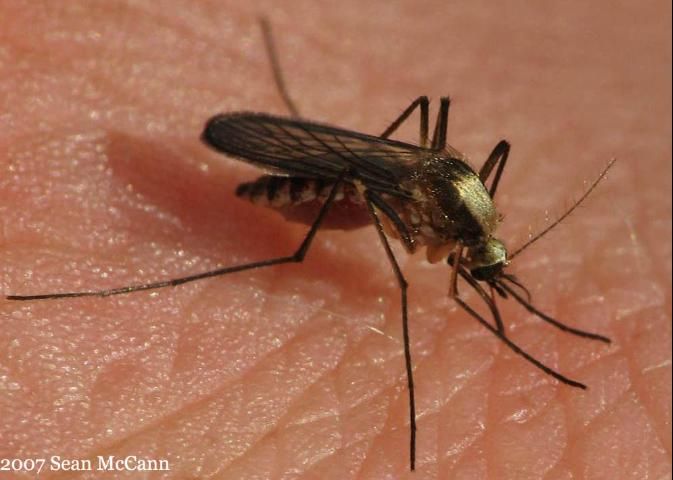
Credit: S. McCann
Not all insects are damaging or bad. In fact insects as a whole are more beneficial than harmful. For instance, insects help us grow food like oranges, apples, and strawberries. This is because they help pollinate plants. Without insects around to pollinate, our food supply would be dramatically lessened. Other examples of food that requires insect pollination are blueberries, tomatoes, grapes, peppers, squash, watermelons, and cantaloupes. By-products of these foods are also supported by insects: lemonade, key lime pie, orange juice, etc. Keep in mind that insect-pollinated plants also provide food and shelter for other wildlife, so insects do not only benefit humans.

Credit: IFAS/ UF
One insect that is extremely beneficial for food production is the honey bee.
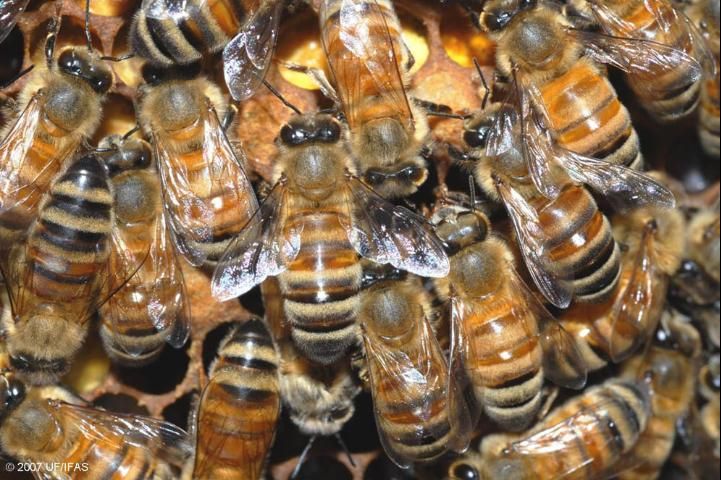
Honey bees are responsible for pollinating numerous food crops all around the world. A person who works with honeybees is called a beekeeper.
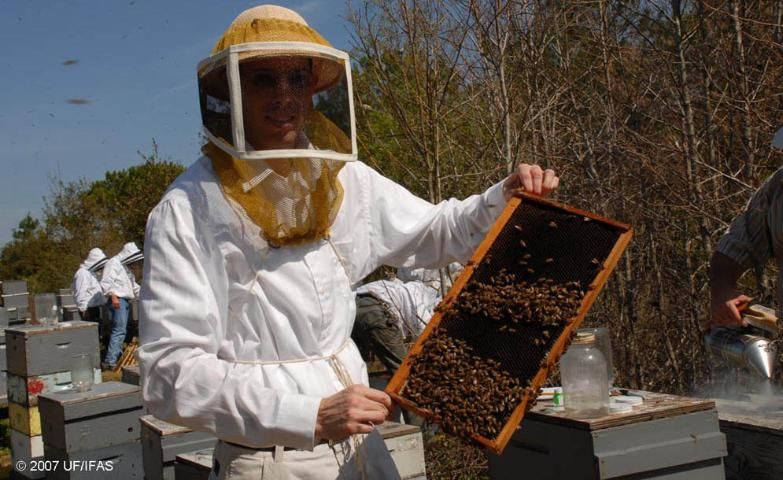
Beekeepers work carefully with bees to help produce honey. Bees produce and store this sweet substance for consumption, but they produce enough that humans can also harvest it.
Humans are not the only ones who benefit from insects. There are many animals that depend on insects for food.
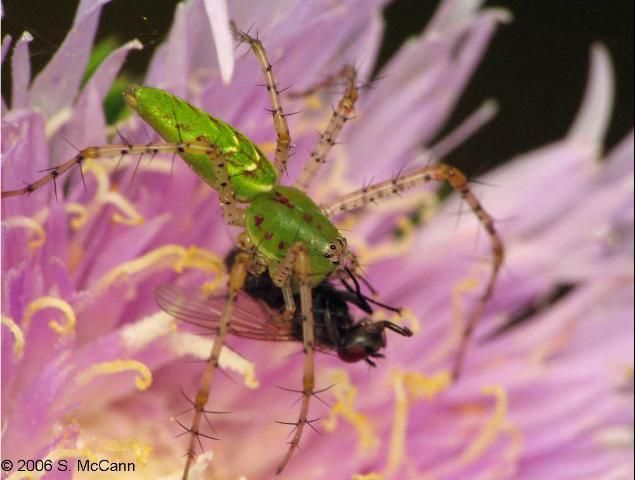
Credit: S. McCann
In many parts of the world, insects are part of the daily diet for humans, too.
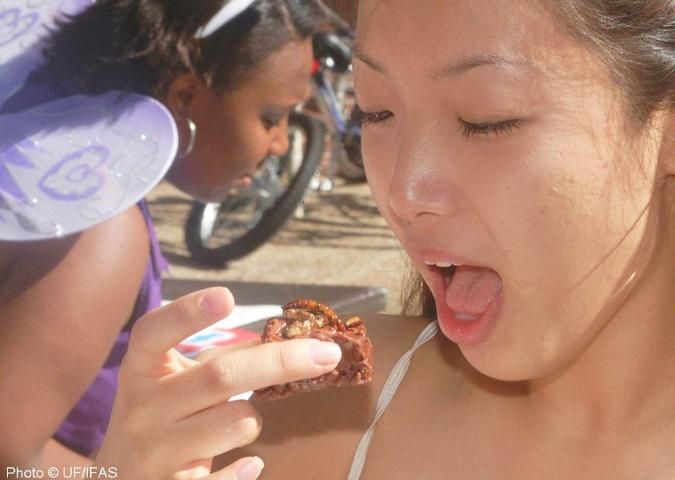
Credit: IFAS/UF
Insects are high in protein, vitamins, and other nutrients, which means they are healthy and nutritious, and if they are prepared correctly they can taste great, too.
Other Insect Facts
- Insects are some of the most amazing creatures around. They are natural athletes.
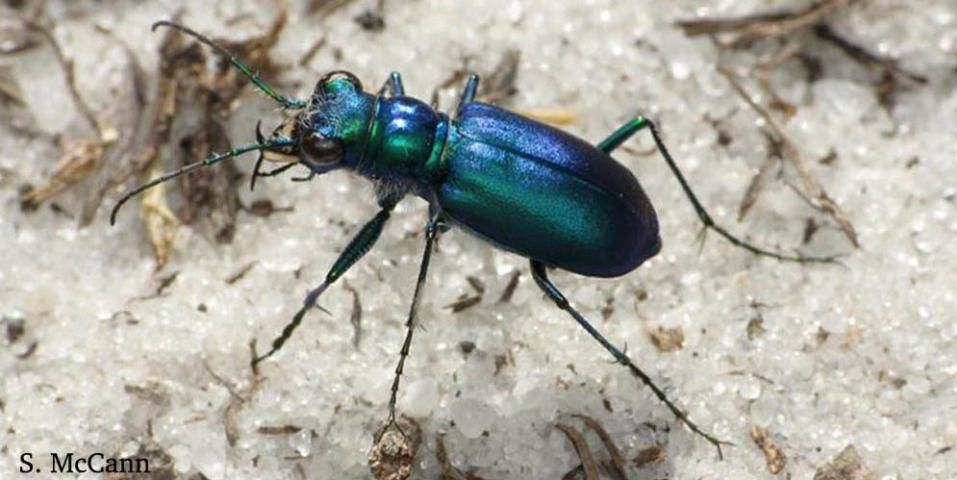
Credit: S. McCann
- Some tiger beetles can run 170 body lengths per second, which is equivalent to a human running 460 miles per hour.
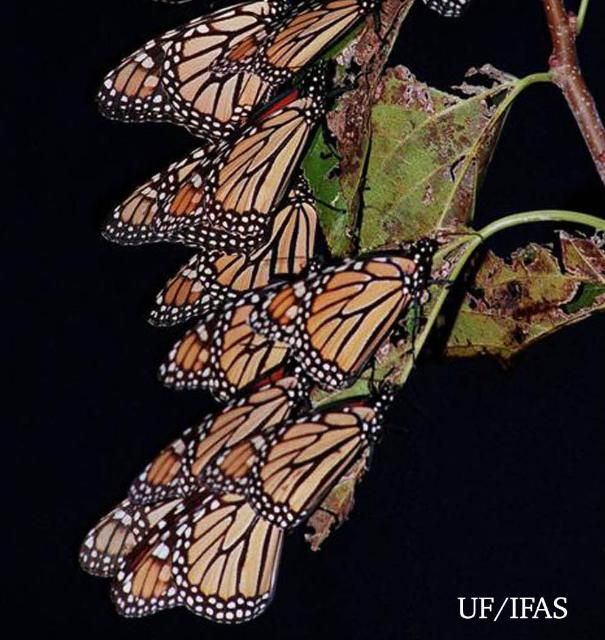
Credit: UF/IFAS
- Monarch butterflies can migrate up to 1800 miles, from Canada to Mexico.
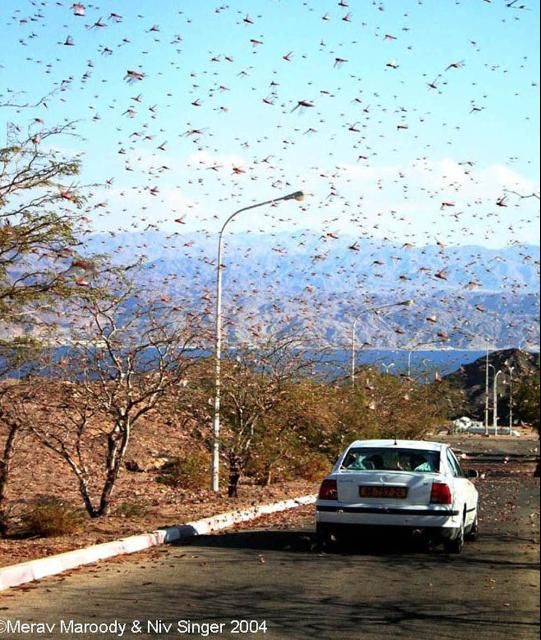
Credit: Marody & Singer
- Insects can reproduce very quickly, reaching high population sizes in a spectacular fashion. Swarms of desert locusts have been estimated to number up to 10 billion individuals. That many locusts would weigh the same as 20,000 army tanks.
- The insects with the highest reliably measured airspeeds are desert locusts (Schistocerca gregaria) and corn earworm moths (Helicoverpa zea). These fly at average airspeeds of 33 and 28 km/h respectively (about 21 and 17 mph). Many insects surely fly faster, but their airspeeds have yet to be studied with modern methods. The highest sustained ground speed recorded is that of the black cutworm (Agrotis ipsilon) which flies at speeds of between 97 and 113 km/h (60–70 mph) (Showers & Sappington 1992). Insect airspeed is affected by mass, size, age, gender, feeding, water content, activity type, temperature, humidity, solar radiation, wind, oxygen level, ascent angle, and even habitat isolation.
- The dehydrated larvae of the African chironomid Polypedilum vanderplanki were able to withstand exposure to liquid helium (-270°C, -454°F) for up to 5 min. with a 100% survival rate.
- The fastest wing-beat belongs to a midge of the genus Forcipomyia (Diptera: Ceratopogonidae), which attained a wing beat frequency of 1046 Hz.
- Under exceptional conditions, some individuals of wood-boring beetles (Cerambycidae and Buprestidae) have the longest life cycle. One Buprestis aurulenta larva emerged after 51 years.
- Lake Baikal in the Siberian region of Russia is the world's deepest lake, with a maximum depth of 1620 m. Although many different orders of insects live in Lake Baikal, only non-biting midges (Diptera: Chironomidae) survive in its deeper waters. Sergentia koschowi larvae have been found in the open waters of Lake Baikal at a depth of 1360 m, making it the only insect known to survive in waters so deep.
- Desert-dwelling, scavenger ants are among the most thermophilic insects yet identified. Of these desert ants, Cataglyphis bicolor (Hymenoptera: Formicidae), an inhabitant of the Sahara Desert, is identified as the most thermotolerant. At least three genera of desert dwelling ants, Cataglyphis, Ocymyrmex, and Melophorus, from the Sahara, Namib, and Australian Deserts, respectively, are known to forage in surface temperatures above 60°C/140°F.
- Insects in the order Hymenoptera were recorded as early as the 26th century BC as possessing a venom toxic to vertebrates. Harvester ants in the genus Pogonomyrmex have the most toxic venom based on mice LD50 values, with P. maricopa venom being the most toxic. The LD50 value for this species is 0.12 mg/kg injected intravenously in mice, equivalent to 12 stings killing a 2 kg (4.4 lb) rat. A Pogonomyrmex sp. sting produces intense pain in humans that lasts up to 4 hours.
- The African cicada, Brevisana brevis (Homoptera: Cicadidae), produces a calling song with a mean sound pressure level of 106.7 decibels at a distance of 50 cm. Two species of North American cicadas, Tibicen walkeri Metcalf and T. resh (Haldman), produce an alarm call with a mean sound pressure level of 105.9 dB(50 cm). Brevisana brevis is likely the loudest insect species on record. Cicada songs are species-specific and play a vital role in communication, reproduction, and possibly defense.
- A queen ant Lasius niger (Hymenoptera: Formicidae) has the longest recorded adult life of any insect: 28 3/4 years in captivity.
- The largest living insect species, by virtue of having the greatest visible body mass and probably weight, are the giant scarabs, Goliathus goliatus, Goliathus regius, Megasoma elephas, Megasoma actaeon, and the immense cerambycid, Titanus giganteus. No clear winner can be declared on the basis of objective data, the candidates being nearly equal in this regard, but a visual comparison of all of them, side by side and scaled to maximum known size, may convince one otherwise. The heaviest weight reliably reported for any insect is 71 grams for the protected giant weta, Deinacrida heteracantha, of New Zealand.
- The desert locust, Schistocerca gregaria, forms the largest swarms. In early 1954, a swarm that invaded Kenya covered an area of 200 km2. The estimated density was 50 million individuals per km2 giving a total number of 10 billion locusts in that swarm.
Diversity
Insects are very diverse. It is estimated that millions of species of insects are alive today. Here are just a few that are found in Florida (Figures 29, 30, and 31).
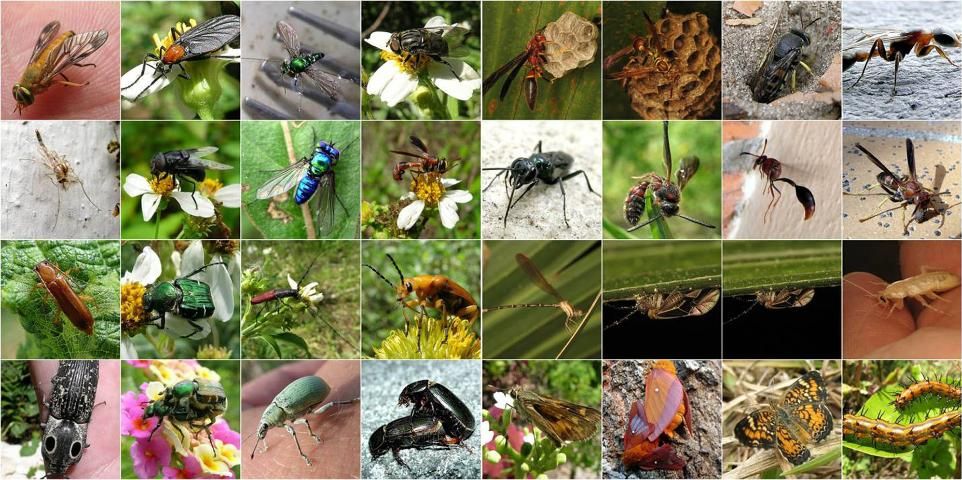
Credit: S. McCann
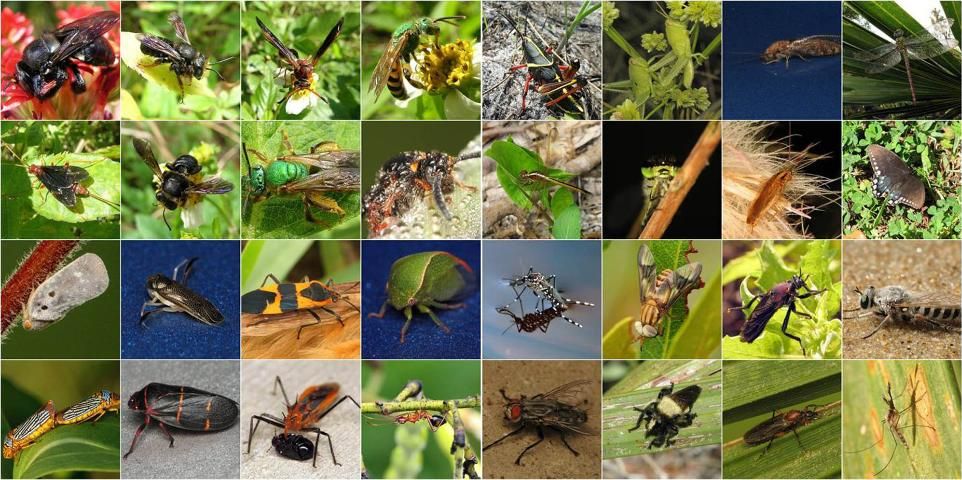
Credit: S. McCann
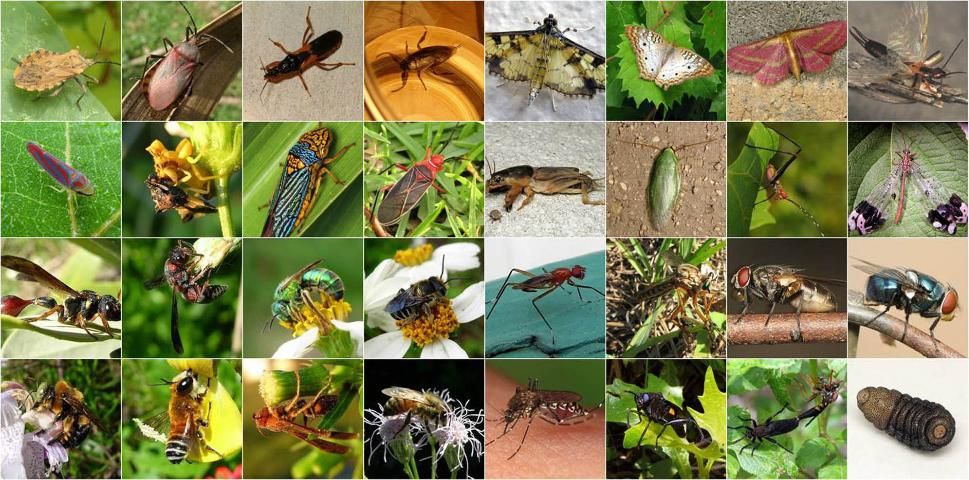
Credit: S. McCann
Learning More
Entomology is the study of insects, and a person who studies insects is called an entomologist. By taking the time to study insects, anyone can become an entomologist.
Ways to learn more about insects include looking at them through a magnifying glass, watching their behavior, and thinking about what is happening—Are the insects eating? Pollinating? How fast do they run? Where do they go? Why do they do the things they do? Good places to see insects are parks, farms, and gardens. Another helpful idea is to take pictures with a camera or draw the insects that you see. That will help you remember what you have seen.
The library is also a good place to learn about insects. There are many great books about insects that can be checked out. There is a large insect collection and live butterfly curation exhibit at the Florida Museum of Natural History that is open to the public. You can ask your librarian to suggest a few. Local 4-H clubs are great resources for learning more about insects, or about things in general. Also, websites like the UF/IFAS Department of Entomology and Nematology's bug club website (http://entnemdept.ufl.edu/bug_club/) contain a great deal of information about insects. Visiting parks and nature centers and finding out what insects live there, or viewing the various displays, also can be informative.